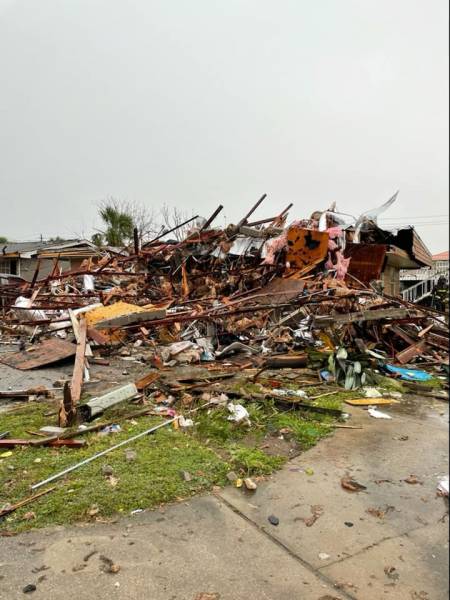

Tap or click on the appropriate symbol to control the zoom level of the map.

Plus and minus buttons are located in the top left corner of the image viewer. View NOAA Emergency Response Imagery collected on the following days: This imagery provides a cost-effective way to better understand the damage sustained to both property and the environment. Aerial imagery is a crucial tool to determine the extent of the damage inflicted by flooding, and to compare baseline coastal areas to assess the damage to major ports and waterways, coastlines, critical infrastructure, and coastal communities. NOAA's aerial imagery aids safe navigation and captures damage to coastal areas caused by a storm. View tips on how to use the imagery viewer.Ī team of NOAA aviators and sensor operators captured the images using specialized remote-sensing cameras aboard NOAA Office of Marine and Aviation Operations' King Air aircraft flying above the area at an altitude of 5,500 feet. Collected images are available to view online via the NGS aerial imagery viewer. Imagery was collected in specific areas identified by NOAA in coordination with FEMA and other state and federal partners. From October 11-14, 2018, the National Geodetic Survey (NGS) collected 9,580 aerial damage assessment images covering approximately 4,153 square miles in the aftermath of Hurricane Michael.


 0 kommentar(er)
0 kommentar(er)
